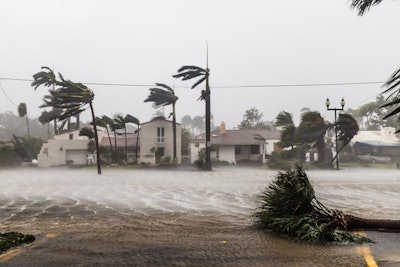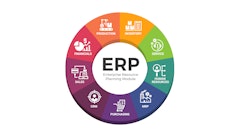
The majority of the world’s key emerging markets, including the BRICS nations of Brazil, China, and India, are well placed to withstand the tariff regimes that continue to buffet world trade, according to new research released by Verisk Maplecroft.
“Economic nationalism and geopolitical competition between the U.S. and China will continue to inject uncertainty into business decision-making over the medium term,” says Reema Bhattacharya, head of Asia research at Verisk Maplecroft. “Companies must rethink their strategies to maximize supply chains, diversify export destinations, and identify emerging markets that offer the best mix of incentives and low geopolitical exposure.”
Key takeaways:
· China, the world’s second largest economy, is the most resilient of the emerging markets, reinforcing its position as the world’s primary manufacturing hub, a position it is unlikely to lose even as nearshoring accelerates. Poland, Mexico and Brazil follow just behind in the ranking, which measures dependency on U.S. markets, current tariff rates and bilateral tensions with Washington, alongside economic strength, political stability, the regulatory environment, human capital and infrastructure. With the exception of Bangladesh and Egypt, all of the emerging markets assessed sit at the lower end of the risk spectrum.
· Deepening U.S.–China trade tensions mean mid-tier emerging markets are likely to pursue a strategy of strengthening ties with the world’s two main geopolitical powers while avoiding overdependence on either. Many will signal compliance with Washington’s evolving trade stance, even as they expand links with alternative markets to hedge risk.
· Benefiting from strong reserves, manageable debt, and large domestic markets, the BRICS nations of Brazil, China and India are in a strong position, as they have an economic buffer smaller economies lack. While China is ranked as the eight most exposed of the 20 emerging markets to trade risk, based on tariff levels and percentage of exports to the United States, the data shows it is the most resilient, due to its economic heft, political stability, human capital and transport infrastructure.
· Brazil and India, facing tariff rates of around 50%, are ranked fourth and 11th, respectively, for resilience. The data shows that India, while benefiting from high levels of economic resilience, underperforms in relation to its complex regulatory environment, indicating an area for reform if it is to continue attracting investment. Significantly, its surging domestic capital markets highlight rising financial independence and a growing capacity to finance tech and supply-chain expansion without relying on volatile foreign inflows.
· Mexico and Vietnam, ranked third and 10th for resilience, are coming under pressure due to their deep linkages with China in their manufacturing supply chains. Despite this, their progressive economic policies, improving infrastructure, and high levels of political stability keep them among the more resilient mid-tier economies. They are likely to remain attractive in the near to medium term, particularly as their tariff exposure is lower and more predictable than China’s, where future rates remain uncertain amid ongoing trade negotiations. However, they face rising scrutiny from Washington as it moves to curb tariff workarounds through Chinese-linked supply chains.
· India is the only U.S.-leaning BRICS member, although recent tariffs and diplomatic tensions are nudging it closer to China and Russia in areas such as technology, energy, and finance. India has the third-highest risk score for geopolitical tensions with the United States out of the 20 emerging markets, underlining recent exchanges over Russian oil.
· Brazil and South Africa are maintaining greater strategic distance from Washington, building links with other trade partners. Brazil’s push in 2025 for acceleration of the long-awaited EU-Mercosur trade deal is a key signpost for how economies can boost resilience by forging larger trade blocs.
· Vietnam and Mexico have benefited from increased China-linked investment over the last decade as successive U.S. administrations pushed companies to diversify their supply chains away from China. However, the United States is now increasing scrutiny of China-linked manufacturing hubs. The USMCA review will challenge Asian firms using Mexico, alongside Canada, as production gateways to the US for Chinese-origin goods. As a result, Vietnam and Mexico, along with similar economies such as Malaysia and Indonesia, now face higher tariffs and deeper compliance risks.
“Manufacturing companies can no longer rely on the old playbook of optimizing for cost, efficiency, and demand alone,” adds Bhattacharya. “Understanding and monitoring geopolitical relations between countries is now a crucial aspect of risk management and strategy development for supply chains.”

















